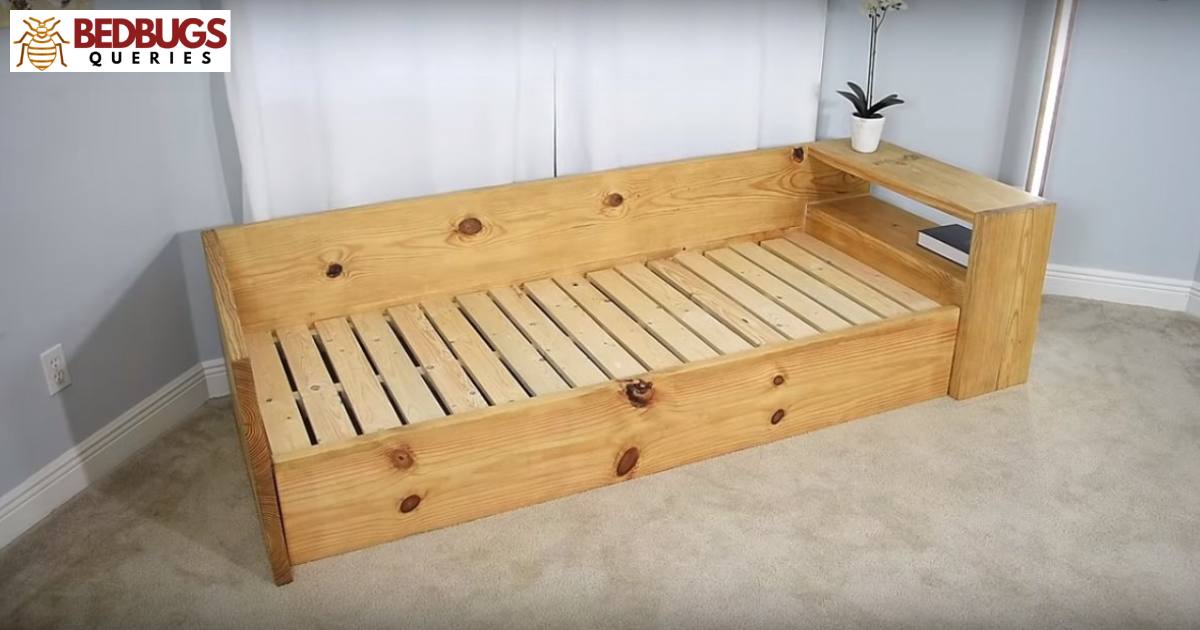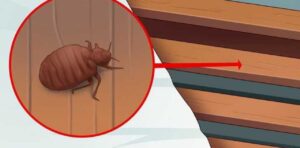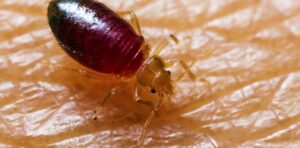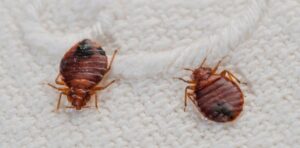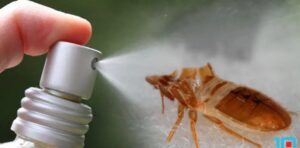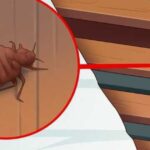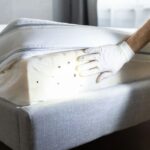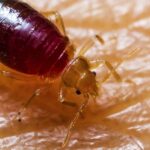Disposing furniture with bed bugs means getting rid of infested items safely to prevent the spread of these pests. This involves wrapping the furniture in plastic, labeling it as infested, and arranging for proper disposal, such as through professional pest control or waste management services. It’s crucial to avoid simply discarding infested furniture in public areas to prevent the bugs from invading others’ homes. Proper disposal is essential for preventing the further spread of bed bugs.
Consider returning to your cozy home after a long day, only to discover it’s been invaded by bed bugs hiding in your furniture. An unsettling thought, isn’t it? But fear not, because, in this guide, we’ll show you how to effectively and responsibly rid your space of these unwanted intruders.
Properly disposing of furniture with bed bugs is a vital step to prevent further infestations. In the following paragraphs, we’ll walk you through the essential steps and precautions you should take when dealing with bed bug-infested furniture, ensuring a pest-free and peaceful living environment.
Bed Bug-Infested Furniture Disposal Guide
When faced with bed bug-infested furniture, safety is paramount. First, thoroughly inspect the items to confirm the infestation. If you discover any signs of bed bugs, avoid moving the furniture to prevent pests from spreading. Instead, seal the furniture in plastic wraps or bags to contain the bugs. Next, label the items clearly as “infested” to prevent accidental use.
To dispose of the infested furniture, check your local regulations for proper disposal methods. Many areas have specific guidelines for bed bug-infested items. Avoid leaving the furniture on the curb or donating it, as this can spread bed bugs to others. In most cases, professional pest control services can safely eliminate the infestation and ensure proper disposal, protecting you and your community from further bed bug issues.
Safe Methods for Getting Rid of Bed Bug-Infested Furniture
When facing a bed bug infestation in your furniture, safety is a top priority. First, do not attempt to dispose of infested items by simply tossing them out, as this may spread the problem. Instead, seal the infested furniture in plastic bags to prevent bed bugs from escaping. Then, mark the items as infested to alert others.
For larger furniture, disassemble it if possible to inspect and treat individual parts. To ensure safety, hire a pest control professional for proper removal and disposal. When replacing infested furniture, consider non-porous materials like metal or plastic to discourage future infestations. If you decide to keep furniture, consult with an expert for effective treatment options.
Using heat or cold treatments may help eliminate bed bugs. Always avoid using chemicals without professional guidance, as they can be hazardous. By following safe methods, you can protect your home from bed bugs and prevent their further spread.
Responsible Furniture Removal in Bed Bug Situations
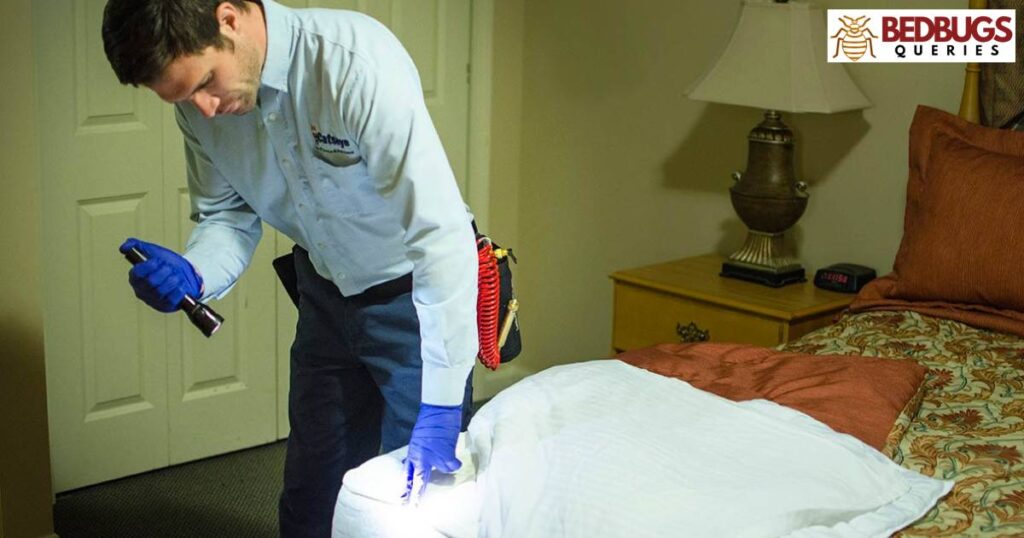
In bed bug situations, responsible furniture removal is crucial. First, identify the infested items. Check for telltale signs like tiny reddish-brown bugs, shed skins, or dark spots on furniture. Once identified, isolate the infested items to prevent bed bugs from spreading.
Next, wrap the furniture in plastic or encasements to trap bed bugs. Make sure to seal all openings and seams tightly. Label the infested items to prevent accidental reuse. Finally, arrange for professional removal or disposal to ensure the bed bugs are properly handled. Responsible furniture removal is essential in tackling bed bug problems effectively and preventing their further spread.
Eco-Friendly Approaches to Dispose of Furniture with Bed Bugs
When dealing with furniture infested with bed bugs, it’s crucial to choose eco-friendly disposal methods. Firstly, consider donating the items to organizations that accept used furniture. Many charities can fumigate and refurbish the pieces, giving them a second life. This not only helps the environment but also supports those in need.
You can explore recycling options. Some wooden furniture can be broken down and repurposed into new items or used for energy production. Recycling reduces waste and lessens the impact on landfills. Lastly, if disposal is the only option, make sure to follow local regulations for bed bug-infested items. Wrap the furniture securely to prevent spreading the infestation and inform waste management to handle it responsibly.
Eco-friendly disposal of furniture with bed bugs involves donating, recycling, or adhering to proper disposal procedures. These approaches help protect the environment while addressing the pest problem. By choosing green alternatives, you contribute to sustainability and reduce the environmental impact of bed bug-infested furniture.
Preventing Bed Bug Spread While Disposing of Furniture
When disposing of furniture, it’s vital to prevent bed bug spread. Firstly, inspect the furniture thoroughly. Look for any signs of bed bugs, like small reddish-brown bugs, tiny white eggs, or dark fecal spots. If you find any, don’t discard the item without taking precautions.
To stop bed bugs from spreading, wrap the infested furniture in plastic or use a mattress and furniture encasement. Seal it tightly to trap the bugs. Label it as infested to warn others. When transporting, cover the item with a plastic sheet to avoid bed bugs falling or hitchhiking on other objects.
Never leave infested furniture on the curb or in shared spaces. Contact local waste management or a pest control professional to ensure safe disposal. By being vigilant and responsible, we can prevent bed bugs from spreading when getting rid of furniture.
Disposal Protocols for Bed Bug-Infested Couches and Sofas

When dealing with bed bug-infested couches and sofas, follow proper disposal protocols. First, wrap the infested furniture in heavy plastic, sealing it tightly. Next, label it as “infested” to prevent others from taking it. Then, schedule a bulky waste pickup with your local sanitation department.
Before disposal, ensure the couch or sofa won’t fit through doorways or halls, preventing bed bugs from spreading. Avoid donating or selling infested furniture, as it can lead to the infestation of others. By following these simple steps, you can responsibly dispose of bed bug-infested couches and sofas while preventing the further spread of these pests.
Best Practices for Getting Rid of Bed Bug-infested Mattresses
When dealing with a bed bug-infested mattress, follow best practices to ensure effective removal. First, thoroughly inspect the mattress for signs of infestation. Look for small reddish-brown bugs, tiny white eggs, or dark fecal spots. Once confirmed, wrap the mattress in a heavy-duty plastic cover, sealing it tightly. This will prevent bed bugs from escaping and infesting other areas.
| No. | Disposal Methods | Description |
| 1 | Professional Services | Hire a pest control professional for safe removal. |
| 2 | Wrapping and Labeling | Seal the mattress in plastic and label it as infested. |
| 3 | Local Regulations | Check local waste disposal laws for proper disposal. |
| 4 | Informing Others | Notify waste management workers about infested items. |
| 5 | Avoid Street Dumping | Never discard infested mattresses on the street. |
| 6 | Eco-friendly Options | Explore environmentally responsible disposal choices. |
Next, arrange for professional pest control services to treat your home for bed bugs. Avoid simply throwing the mattress away, as it can potentially spread the infestation to others who may come across it. Once the infestation is eliminated, you can dispose of the mattress safely by contacting your local waste management or sanitation department for proper disposal guidelines.
Where and How to Discard Bed Bug-Infested Furniture Safely
If you discover bed bugs infesting your furniture, it’s crucial to dispose of it safely. Firstly, wrap the infested furniture in heavy plastic or a tarp to prevent bed bugs from spreading. Then, mark it clearly as “infested” to alert others. Next, check local regulations for disposal guidelines, as they can vary. Many areas require you to arrange a pickup with your waste management service, while others may have designated drop-off locations.
Can disassemble the furniture, destroying any bugs and eggs, and then discard it. To avoid spreading bed bugs, never leave infested furniture on the curb or in shared areas. Always seal it securely and follow local rules. Safe disposal is essential to prevent the further spread of bed bugs.
DIY Furniture Disposal Techniques for Dealing with Bed Bugs
When faced with a bed bug infestation, it’s crucial to address the issue promptly. One effective DIY furniture disposal technique is to seal the infested item in a large, heavy-duty plastic bag. Ensure it’s airtight to prevent bed bugs from escaping. Next, transport the sealed furniture piece to an outdoor area, far away from your home, like a dumpster. Double-bagging can provide extra security.
To combat bed bugs effectively and address concerns like Bed Bugs Stay On Your Skin After A Shower wash all your bedding, curtains, and clothing in hot water. Use a dryer on high heat to kill any bed bugs and their eggs. Vacuum your home meticulously, focusing on cracks and crevices, and dispose of the vacuum bag in an outdoor trash can. Consider using bed bug mattresses and furniture encasements to trap any remaining bugs.
Navigating Legal and Ethical Aspects of Furniture Removal with Bed Bugs
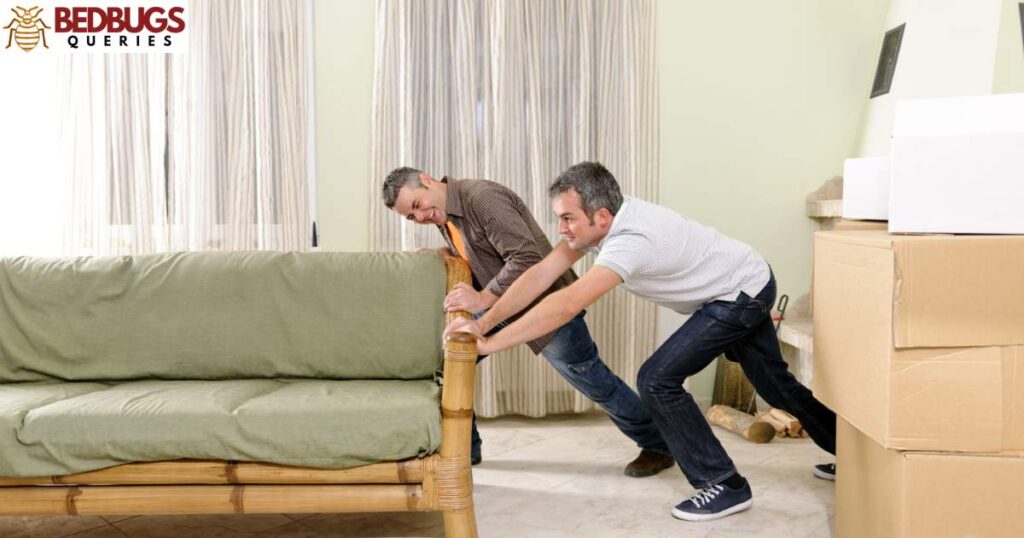
Navigating legal and ethical aspects of furniture removal with bed bugs can be a complex task. When faced with this challenge, it’s crucial to prioritize safety for both the individuals involved and the broader community. Legal regulations vary by location, so it’s essential to research and adhere to local laws concerning the disposal of infested furniture.
Ethical considerations play a significant role in this process. It’s important to treat individuals affected by bed bugs with respect and understanding, ensuring their privacy is protected. When removing infested furniture, clear communication and transparency are key to avoiding misunderstandings and potential legal issues. A bed bug infestation should be addressed while upholding the legal requirements and maintaining a strong ethical foundation to protect everyone.
Frequently Asked Questions
How do you disinfect furniture from bed bugs?
To disinfect furniture from bed bugs, use a vacuum cleaner to remove any visible bugs and their eggs. Then, apply a bed bug-specific pesticide as directed on the label.
What do you do with belongings after bed bugs?
After dealing with bed bugs, wash and dry your clothing, linens, and belongings on high heat to kill any hidden bugs or eggs. Store items in sealed plastic bags.
Can bed bugs survive in furniture?
Bed bugs can survive in furniture, so it’s essential to address infestations promptly. Professional pest control may be necessary to eliminate them completely.
What can I put on my furniture to keep bed bugs away?
To keep bed bugs away from your furniture, you can use bed bug-resistant covers and regularly inspect your items for signs of infestation. Keep your living space clean and clutter-free.
Conclusion
In the quest to rid your home of bed bugs hiding in your furniture, taking responsible and effective steps is crucial. By following the recommended procedures and precautions, you can ensure the safety of your living environment and prevent further infestations. Proper disposal is key in this battle against these persistent pests, and it’s a necessary part of maintaining a pest-free and peaceful space.
As you embark on this journey to dispose of furniture with bed bugs, remember to wrap, label, and arrange for safe disposal to protect both your home and the well-being of others. With these actions, you’re taking a significant step towards eliminating the problem and enjoying a bed bug-free living space.

